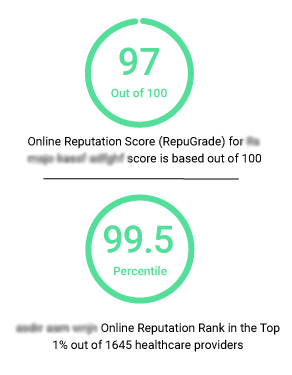Social Media Outline
- Keep it Short and Sweet!
- Attention spans, especially online, are non-existent, and thus readers must be lured in by a powerful title and strong opening sentence.
- 5-7 seconds
- Most of the time, people will go to a different site after reading the first few sentences, so it is extremely important to make sure you convey the most important points at the top of the article.
- Also, a shorter article with 4 in-depth sentences will be more effective than a long and wordy article spanning 2-3 paragraphs.
- Attention spans, especially online, are non-existent, and thus readers must be lured in by a powerful title and strong opening sentence.
- Where’s the Hook?
- Make sure that the opening line is lucrative and captures the audience’s attention right away.
- Use hard-hitting & emotion-provoking adjectives:
- But, make sure the message is not lost with the description (adjectives).
- Language is a way to boost perception and recognition, not dominate it.
- Use a Thesaurus
- Need a new word to use? Find a synonym (make sure it fits the connotation of the sentence) and use it to maximize the description’s effect.
- But, make sure the message is not lost with the description (adjectives).
|
CLIENT RESEARCH QUESTIONNAIRE |
|
|
Name of business |
|
|
Type of business |
|
|
Business vernacular |
|
|
Location* |
|
|
Is your client a national or local level player?* |
|
|
Industry (national) or Location (local) culture |
|
|
Location climate (N/A for national) |
|
|
Industry trends (national) Location trends (local) for client's industry |
|
|
Products / Services your client offers |
|
|
Products / Services that give them the highest ROI |
|
|
Website URLs associated with those services |
|
|
Competitors |
|
- Know Your Client and Its Consumers
- Use the following table as a format to help identify your client and target audience. Even if you think you know, complete it, as you will soon discover that there are many facets of the business that are often overlooked. Thus, it is essential to be thorough and thoughtful while completing the table.
- Be the Consumer
- Put yourself in the shoes of a possible consumer for the client, and ask yourself:
- What would I want out of this client?
- If I’m looking to buy ___________, what are the most important factors to help me make a purchasing decision?
- Who are the clients? Kids? Adults? Parents? Who are they, and what are they looking for?
- What would I want out of this client?
- Knowing the consumer = knowing how to write the article.
- Put yourself in the shoes of a possible consumer for the client, and ask yourself:
- Know the Client’s Location
- Geography, geography, GEOGRAPHY!!!
- Where is the client located?
- How does this affect its consumer base and how to relate to them?
- Research consumer behavior and habits online (i.e. Wikipedia)
- A catering service in Southern California appeals to a completely different demographic than a catering service in Texas
- What do Southern Californians look for in quality food? How do Southern Californians define “great” food?
- What kind of food do Southern Californians prefer?
- Healthy, fresh food (salads, fish, turkey sandwiches) = Southern California; ‘Southern’ food (many fried foods, sweet tea, butter-laden potatoes, spicy stews and gumbos) = Texas & Louisiana
- How does this affect its consumer base and how to relate to them?
- Knowing where the client is and how that affects their client base will help with the language, attitude and overall message of the article.
- What’s the Timeline?
- Do you need to convey a sense of urgency, or a sense of calm and thoroughness? Or do you need a mix of the two?
- Conversation = Key
- Talk with, not to, the consumer. You must engage with your audience by building a relationship with them, ultimately encouraged through the trust acquired by having an honest conversation.
- Fostering a dialogue and creating an interpersonal relationship with the audience (reader / consumer) will make them feel more involved, and thus motivate them to actively participate in the conversation more.
- This, in turn, increases client recognition both consciously and subconsciously, and makes the consumer an active participant in the purchasing decision, rather than just a ‘victim’.
- One who is blessed with the opportunity to buy an amazing product and/or service, rather than one who carries the burden of paying for some product and/or service.
- The difference between a dialogue (human conversation) and monologue can help create the distinction between a positive and negative mentality.
- This, in turn, increases client recognition both consciously and subconsciously, and makes the consumer an active participant in the purchasing decision, rather than just a ‘victim’.
- Also, make sure that the article is written conversationally in its respective language.
- Conversational English vs. Scholastic English
- Once again, this comes back to knowing your clients… Are you reaching out to kids? Parents? Etc.
- And, once again, KEEP IT SIMPLE!!!
- LESS IS MORE!! Simple and to the point is the way to go!
Comments are closed

